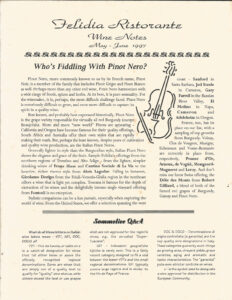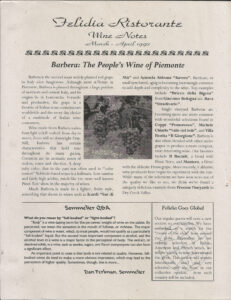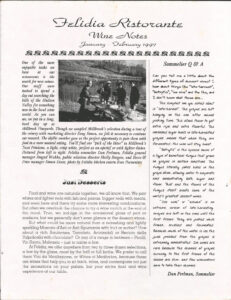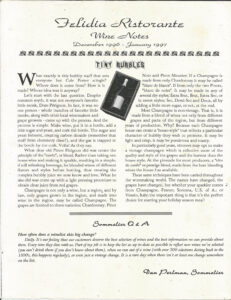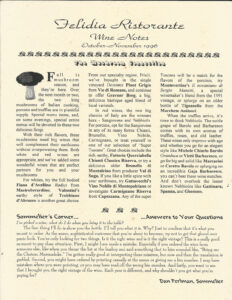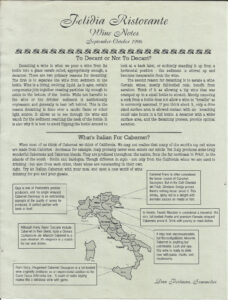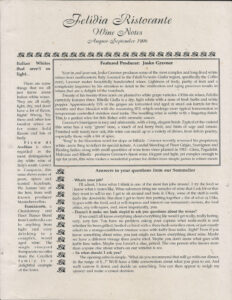One Leaf, Every Day
Wednesday, September 16, 20200
 By request from a friend who is the editor for the The World Congress of GLBT Jews, I wrote up this little piece for their High Holidays 5781/2020 newsletter, which came out today.
By request from a friend who is the editor for the The World Congress of GLBT Jews, I wrote up this little piece for their High Holidays 5781/2020 newsletter, which came out today.
Taking on reading a long, intricate novel can be a daunting task, especially if you’re expected to not just read it, but study and discuss it. When it popped into my awareness that a new cycle of the Daf Yomi was starting at the beginning of 2020, an idea began to form. Like many Americans of my generation, I was brought up in a Jewish household that started off somewhat leaning Conservative, but moved more and more towards Reform as the years went on. I knew the Talmud existed, occasionally our rabbi would drop a pearl of wisdom into a sermon or conversation. But I never studied it.
It was enough to have learned the basics of the Torah, and a bit from other books of the bible. The Talmud was relegated to the world of yeshiva boys and Yentl. It was in ancient Hebrew and Aramaic. An English version didn’t exist until 2012, just in time for the last Daf Yomi cycle, even that was just a “beta version”, and its 22 volumes rang in with a price tag in the thousands of dollars. But this time around, taking on studying “a page a day”, or to be pedantic, “a leaf a day”, since it’s two pages back to back, of the 2,711 leaves, had the advantage of the online treasure trove of Jewish texts, Sefaria, making the entire thing available for free. There’s even an app.
I’m not particularly religious. I have my moments. Upfront, I wanted to approach what I “knew” to be the rabbinic laws around the Torah from the perspective of a cultural observer. Assuming it to be dry reading, I figured a week or two into the project I’d probably abandon it, with a shrug, hey, gave it a try. Within a day or so, I was hooked. Imagine, if you will, a group of rabbis, sages, priests, and wise men, sitting around, day after day, for years, starting off with a discussion of a legal point, and going off on the tangents that any group of intimate friends might. And someone is writing it all down. All of it. Every digression, every one-off comment.
What starts with a point of law leads into tangents on topics as varied as food and cooking, construction, sorcery and demons, and sex. A lot of sex. They have provided fodder for a running daily twitter-ish commentary that I’ve been publishing that runs the gamut from recipes for fig cakes; whether Jesus’ (yes, that one) cooking skills are not up to par; bathhouse etiquette; appropriate gifts to the mothers of young boys you’ve molested; to how to cruise the marketplace and not look “too gay”. It’s been going on nine months now, twenty minutes or so over my morning coffee, and I’ve found myself fascinated with a look back at the culture of our ancestors from centuries, if not millennia, past. Only around seven more years to go.
Dan is an author, sommelier, chef, and restaurateur living in Buenos Aires, Argentina. Hopefully his highly rated “closed-door” restaurant Casa Saltshaker will open again soon, post pandemic.
